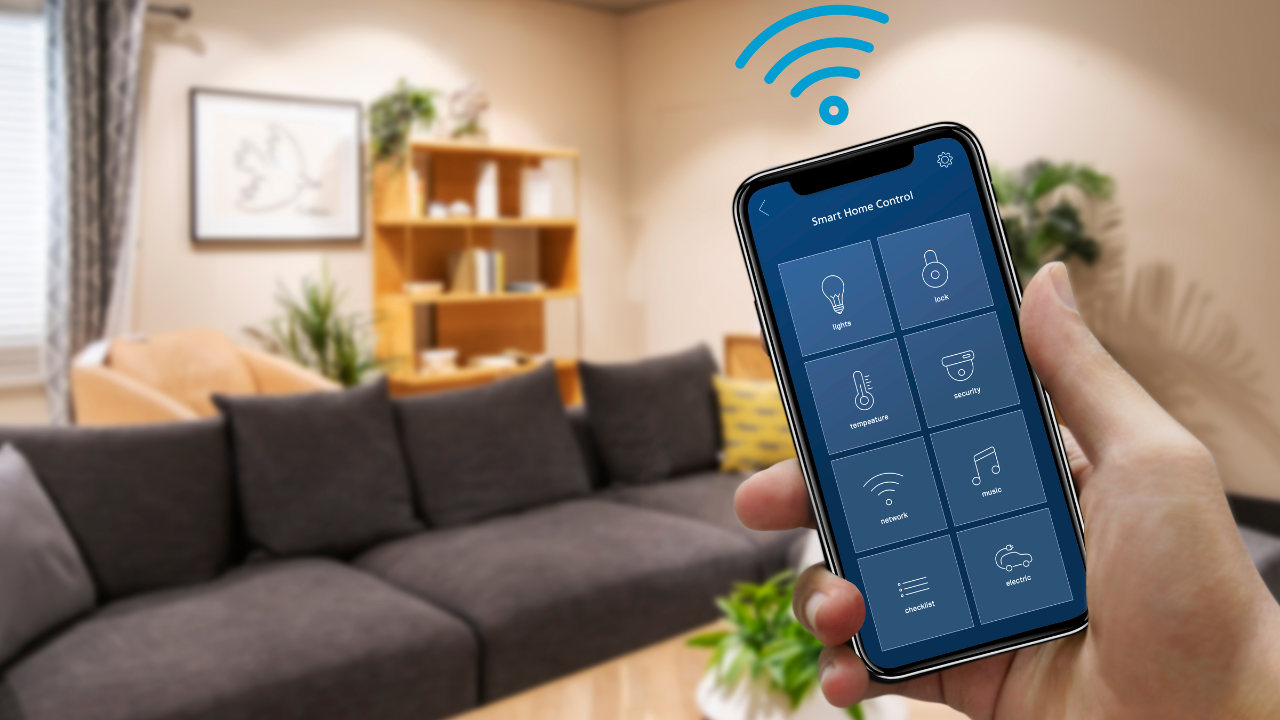Introduction
In today’s fast-paced world, integrating smart technology into our homes is not just about convenience—it’s about creating an eco-friendly environment that promotes energy efficiency. Smart home devices are revolutionizing the way we manage our energy consumption, helping us save money and reduce our carbon footprint. In this guide, we’ll explore three standout energy-saving smart home products: the Google Nest Thermostat, Sensibo Sky Smart Wireless Air Conditioner Controller, and Jackery Portable Power Station Explorer 300. Each of these devices offers unique features designed to optimize your home’s energy efficiency.
Product Comparison
Google Nest Thermostat
- Product: Google Nest Thermostat

Sensibo Sky Smart Wireless AC Controller
Jackery Portable Power Station Explorer 300
Installation and Setup Tips
Google Nest Thermostat
- Location is Key: Install your Google Nest Thermostat in a central location, away from direct sunlight, drafts, or heat sources like windows and doors.
- Compatibility Check: Ensure your HVAC system is compatible with the Nest Thermostat.
- Power Source: The Nest Thermostat requires a stable power source. If your system doesn’t have a common wire (C-wire), you might need to use the included power adapter or have one installed.
- Setup Wizard: Follow the on-screen instructions on the thermostat or the Google Home app for a step-by-step setup guide. This process includes connecting to WiFi, setting your preferred temperature ranges, and integrating with other smart home devices.
- Learning Mode: Enable the learning mode to allow the thermostat to adapt to your schedule and preferences over time.
Sensibo Sky Smart Wireless AC Controller
- Easy Installation: The Sensibo Sky is designed for quick and easy installation. Simply mount the device near your air conditioner and connect it to WiFi.
- Positioning: Place the Sensibo Sky within the line of sight of your AC unit’s IR receiver for optimal performance.
- Mobile App Setup: Download the Sensibo app and follow the instructions to connect the device to your WiFi network and pair it with your air conditioner.
- Smart Integrations: Integrate with Google Assistant, Amazon Alexa, or Siri for voice control and automation.
- Scheduling and Geofencing: Use the app to set schedules or enable geofencing to automatically adjust the AC based on your location.
Jackery Portable Power Station Explorer 300
- Initial Charge: Fully charge the Jackery Portable Power Station Explorer 300 before first use.
- Placement: Place the power station in a well-ventilated area, away from direct sunlight and moisture.
- Connecting Devices: Use the appropriate outlets (AC, DC, USB) to connect your devices.
- Solar Charging: If using solar panels, position them in direct sunlight and connect them to the power station.
- Maintenance: Regularly check the power station’s charge level and recharge as needed.
Maximizing Energy Efficiency
Using Smart Thermostats
- Optimize Schedules: Set your smart thermostat to lower the temperature when you’re asleep or away and raise it when you’re home and awake.
- Seasonal Adjustments: Adjust your thermostat settings with the seasons.
- Energy Reports: Utilize the energy usage reports provided by your thermostat to understand your consumption patterns.
Efficient Use of Portable Power Stations
- Prioritize Essential Devices: When using a portable power station, prioritize essential devices such as medical equipment, communication devices, and lighting.
- Energy-Efficient Appliances: Use energy-efficient appliances and LED lighting to maximize the usage time of your power station.
- Solar Charging: Take advantage of sunny days to recharge your power station using solar panels.
Smart AC Controllers for Comfort and Savings
- Remote Control: Use the mobile app to control your AC remotely.
- Eco Mode: Enable the eco mode on your AC controller.
- Regular Maintenance: Ensure your AC unit is well-maintained.
Reviews and Specifications
Google Nest Thermostat
Specifications:
- Connectivity: WiFi
- Compatibility: Most HVAC systems
- Features: Learning mode, energy usage reports, remote control
Pros:
- Easy to install
- User-friendly app
- Adaptive learning for energy savings
Cons:
- Higher upfront cost
- May require C-wire adapter for some systems
Sensibo Sky Smart Wireless AC Controller
Specifications:
- Connectivity: WiFi
- Compatibility: Most AC units with IR remote control
- Features: Scheduling, geofencing, remote control
Pros:
- Easy installation
- Compatible with various smart home systems
- Cost-effective way to smarten up older AC units
Cons:
- Requires line of sight to AC unit
- Limited to IR-controlled AC units
Jackery Portable Power Station Explorer 300
Specifications:
- Capacity: 293Wh
- Output: 110V/300W AC outlet, USB, DC
- Features: Solar panel compatibility, portable design
Pros:
- Versatile power options
- Solar-compatible for sustainable energy
- Compact and portable
Cons:
- Limited capacity for larger appliances
- Solar panels sold separately
Conclusion
Integrating energy-saving smart home devices like the Google Nest Thermostat, Sensibo Sky Smart Wireless AC Controller, and Jackery Portable Power Station Explorer 300 can significantly enhance your home’s efficiency and sustainability. By following best practices for installation and usage, you can maximize the benefits of these innovative products. For more insights on energy-saving gadgets, check out these smart home devices, energy-saving gadgets for the home and office, and cool energy efficiency gadgets every smart home needs.





2 Replies to “The Ultimate Guide to Energy-Saving Smart Home Devices”
[…] your smartphone. Battery-powered smart thermostats not only provide this level of comfort but also save energy by learning your schedule and preferences. Such devices ensure that you are never too hot or too […]
[…] you ever walked into a room and felt instantly energized? That’s the magic of daylight bulbs. EcoSmart LED Daylight bulbs bring that same crisp, invigorating light into your […]